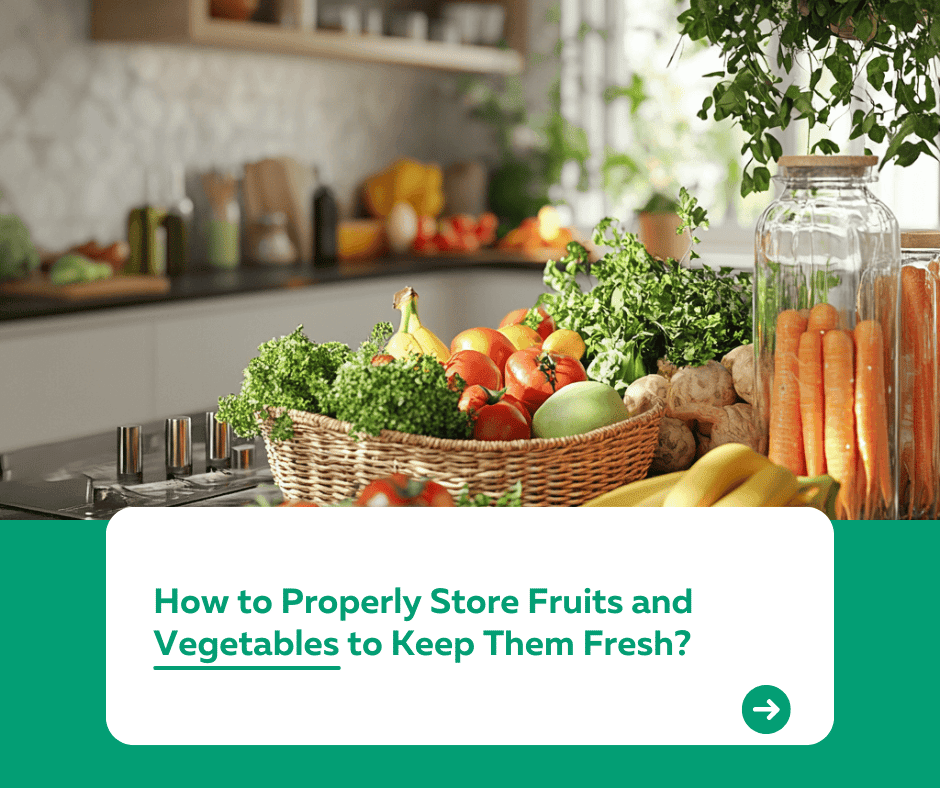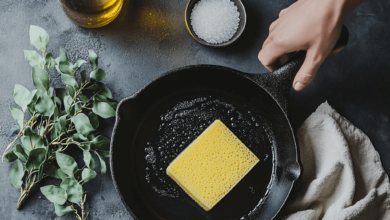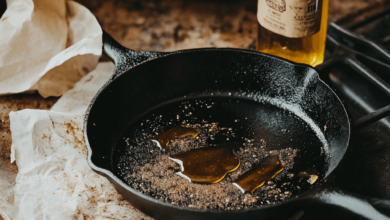How to Properly Store Fruits and Vegetables to Keep Them Fresh?

Introduction
Do you often find your fruits and vegetables wilting or spoiling too soon? Proper storage can make all the difference. How do you store fruits and vegetables to keep them fresh for longer? This guide will teach you the best practices to maximize freshness and reduce food waste.
1. Understand Storage Needs
Different fruits and vegetables have varying storage requirements:
- Refrigerate: Leafy greens, carrots, broccoli, and berries.
- Room Temperature: Bananas, tomatoes, onions, and potatoes.
- Ethylene-Sensitive: Keep apples, bananas, and avocados away from ethylene-sensitive items like lettuce and carrots to avoid premature ripening.
2. Best Practices for Storing Fruits
Refrigerated Fruits
- Berries: Store unwashed in a breathable container with paper towels to absorb moisture.
- Grapes: Keep in a perforated bag or container to maintain air circulation.
Room Temperature Fruits
- Bananas: Store on the counter and separate once they start ripening.
- Citrus: Keep at room temperature but refrigerate if you won’t consume them within a week.
Fruits to Avoid Refrigerating
- Tomatoes: Refrigeration affects their texture and flavor.
- Avocados: Only refrigerate when ripe to prolong usability.
3. Best Practices for Storing Vegetables
Refrigerated Vegetables
- Leafy Greens: Wrap in a damp paper towel and store in a plastic bag or container.
- Carrots and Celery: Store in water to keep them crisp.
Room Temperature Vegetables
- Potatoes: Store in a cool, dark, and well-ventilated area.
- Onions and Garlic: Keep in a dry, ventilated space, away from potatoes to prevent sprouting.
Vegetables to Avoid Refrigerating
- Squash: Store at room temperature until cut.
- Eggplants: Prefer slightly cool, dry places.
4. Common Storage Mistakes to Avoid
1️⃣ Mixing ethylene-producing fruits with sensitive vegetables.
2️⃣ Storing unripe fruits in the fridge prematurely.
3️⃣ Washing produce before storage (moisture promotes mold).
4️⃣ Using airtight containers for items requiring airflow.
5. Tools to Keep Produce Fresh
- Produce Storage Bags: Perforated or breathable bags extend freshness.
- Reusable Containers: Keep produce organized while maintaining proper airflow.
- Humidity-Controlled Drawers: Use your fridge’s crisper for ideal humidity.
Conclusion
Properly storing fruits and vegetables is key to keeping them fresh and reducing waste. By understanding each item’s unique needs and avoiding common mistakes, you can enjoy fresh produce longer. For more kitchen tips, visit our Kuestion.com.




